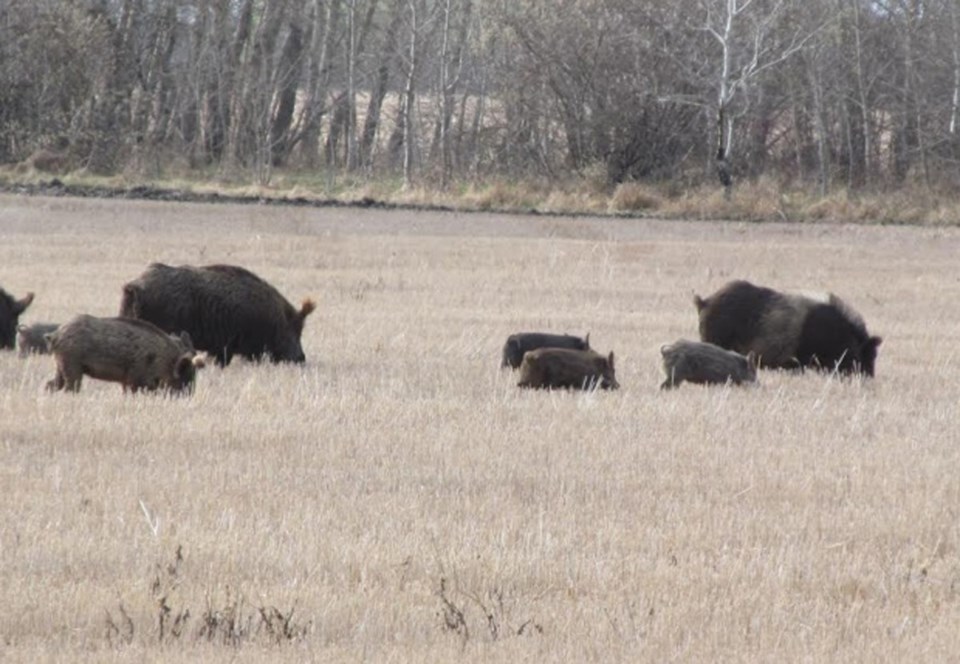REGINA - Wild boar made their way into Saskatchewan in the late 1970s as domestic livestock, and over time many escaped and reproduced at a rapid pace. This invasive species now roams freely, with Saskatchewan Association of Rural Municipalities (SARM) reporting over 60 rural municipalities in southern Saskatchewan suffering from overpopulated boars.
“To this day, wild boar have free reign of rural Saskatchewan land with no predators keeping the population in check,” shares Ray Orb, SARM President. “Each year, the risk of transferable disease grows between domestic hogs. We can’t ignore the damaging financial and environmental impact wild boars leave in their wake any longer.”
Boars are notoriously intelligent and reckless as they rifle through crops, golf courses, and native land. Full-grown animals can be over 200 pounds, are fast, and have sharp tusks. These elusive, nocturnal animals easily withstand Saskatchewan’s freezing temperatures.
2021’s disastrous drought year is still top of mind for our farmers. Now, crop and land destruction from wild boar is another critical concern. Additionally, the risk grows of transferable disease between domestic hogs with their population increase.
In 2016 Wildlife Regulations were amended to allow hunters the opportunity to hunt feral wild boars year-round without a license. SARM was happy with this policy change but SARM members have been calling for moratoriums on wild boar farming since 2009.
“With the wild boar population continuing to spread, is it time to put those moratoriums in place so the problem doesn’t get any worse?” questions Orb. “Wild boar are difficult to hunt; it takes many hours and significant effort to track these animals. The time is imminent for a collaborative, long-term solution to be realized with our provincial government.”
SARM champions the value of rural Saskatchewan and is the independent association that advocates on behalf of rural municipal government in the province.




